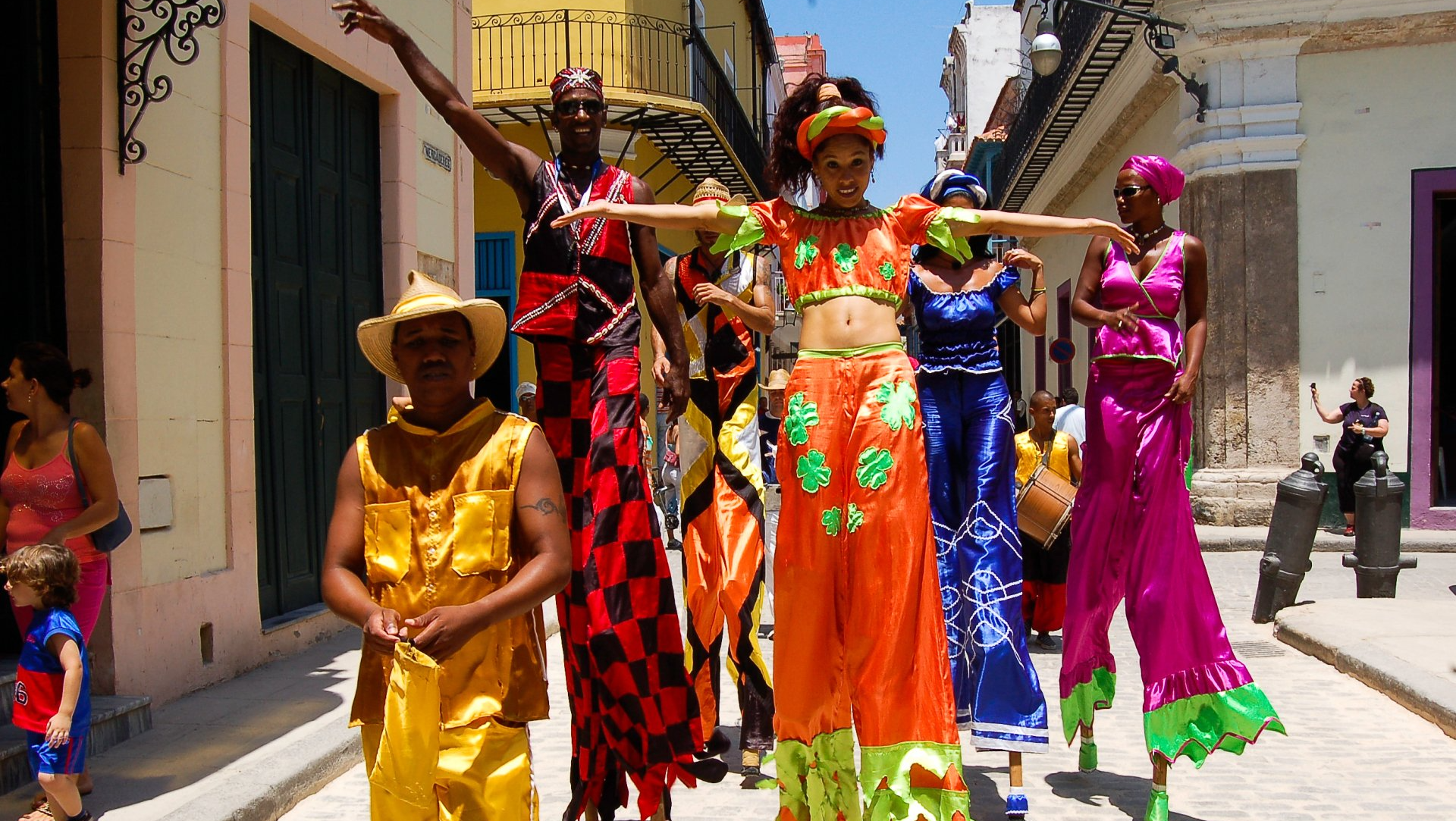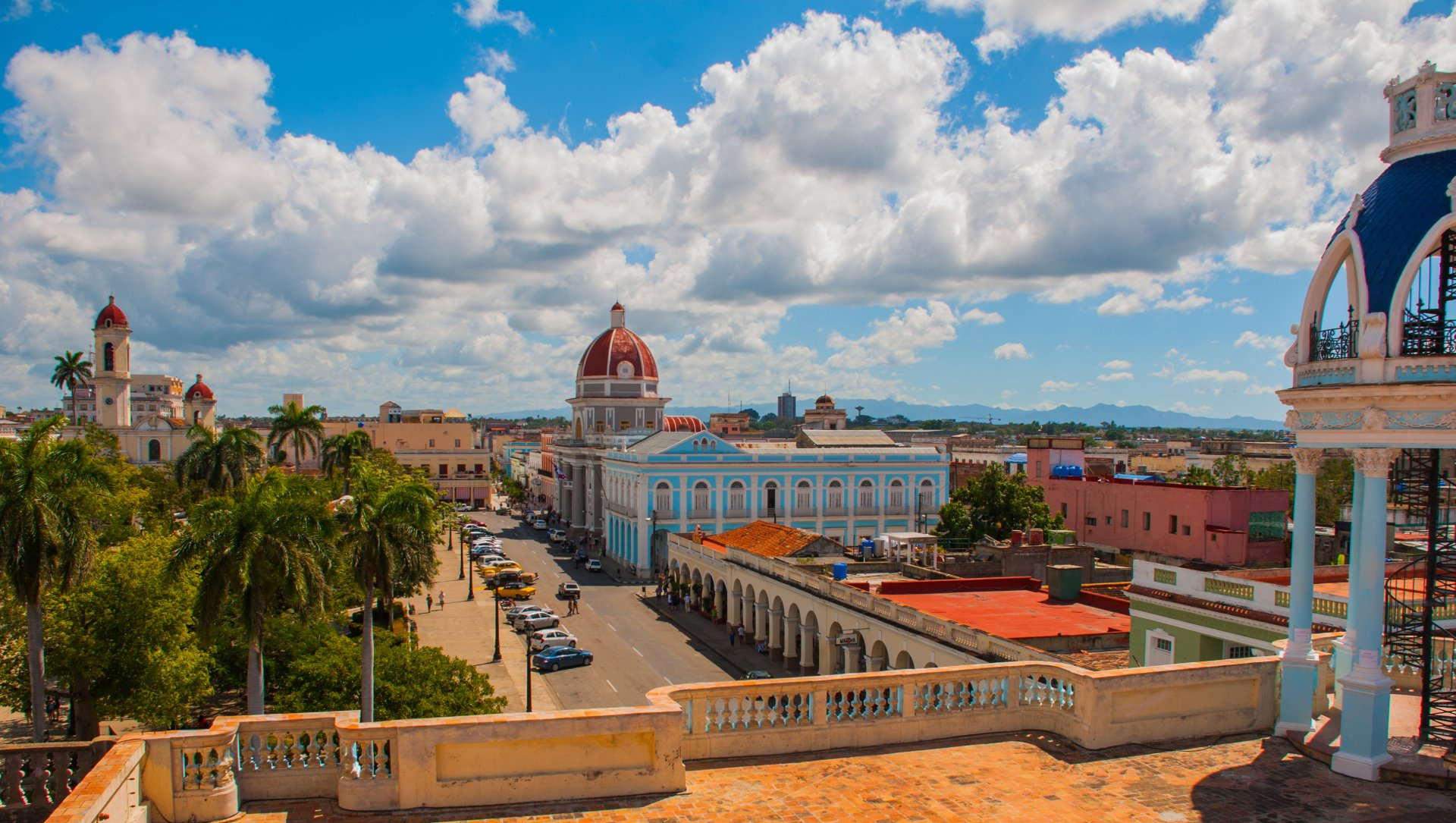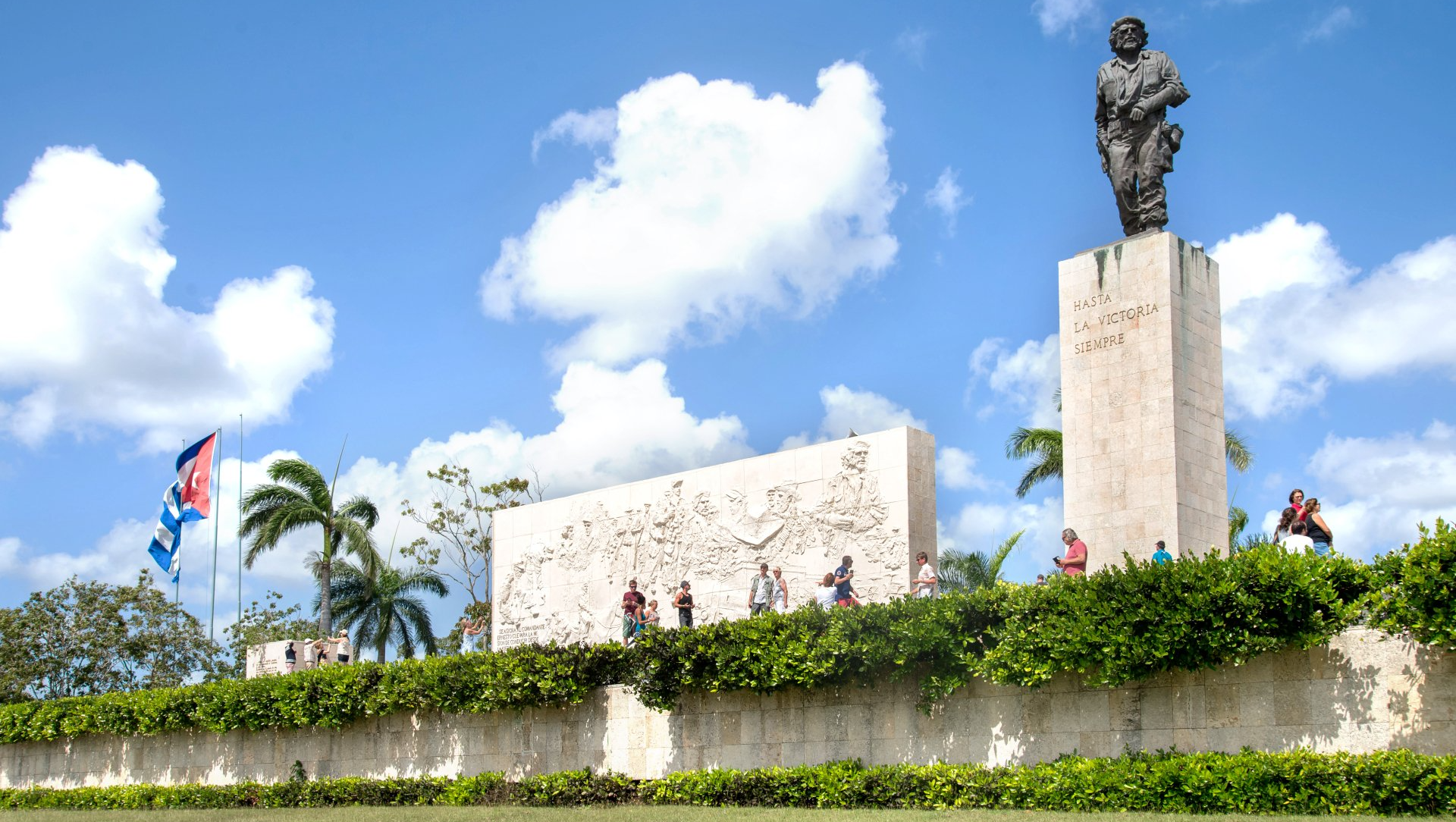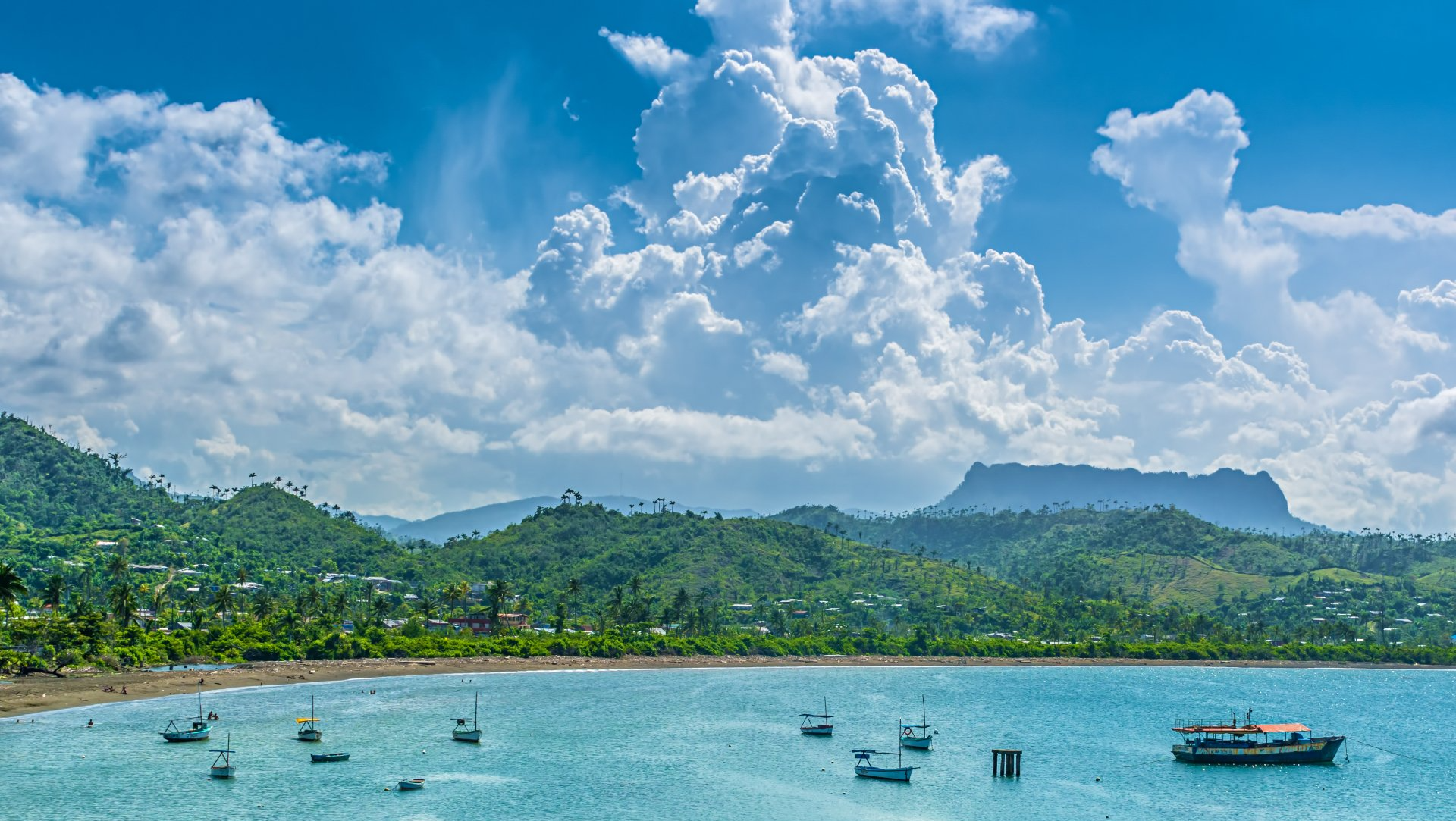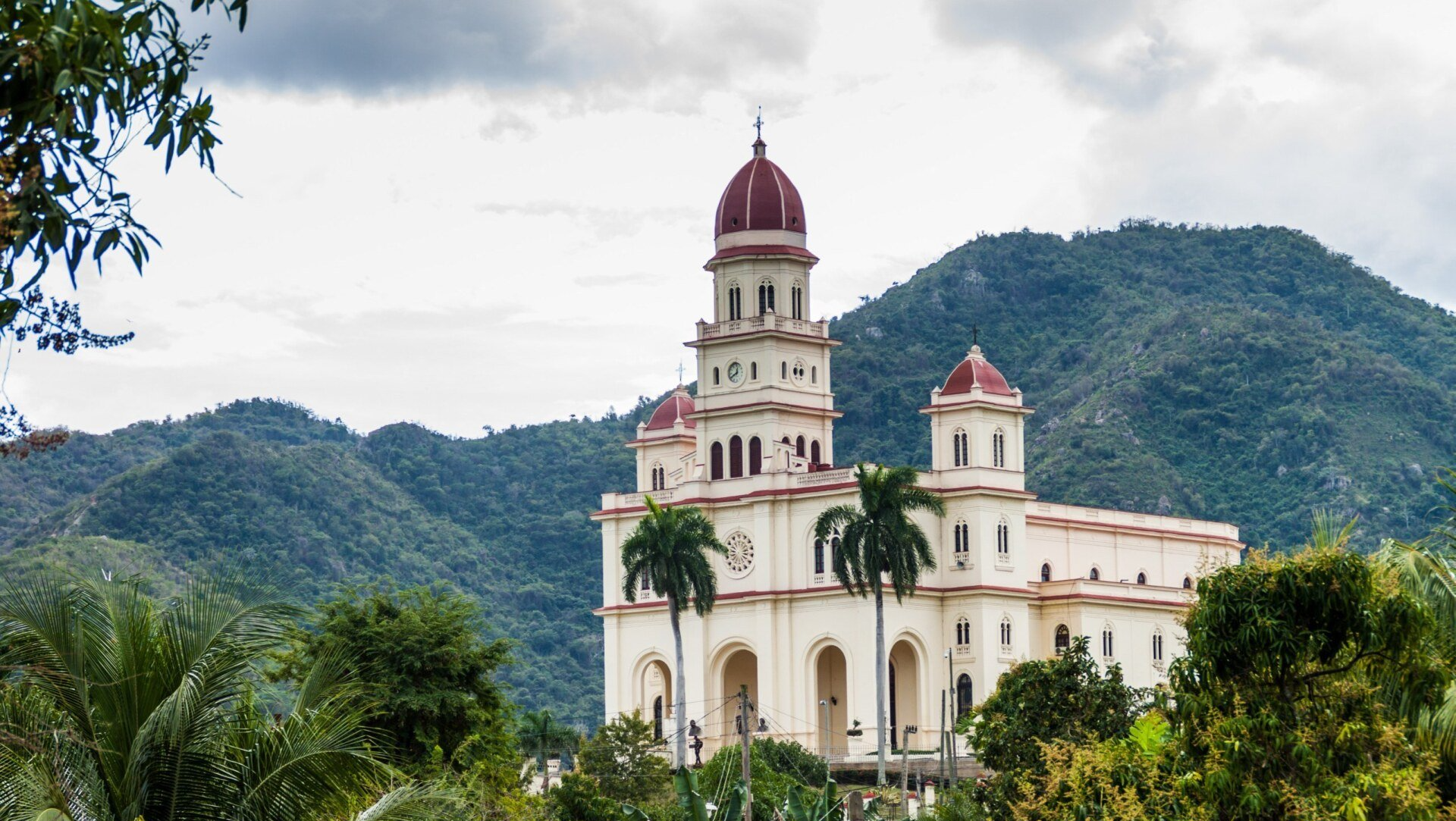Havana
One of the 7 Wonder Cities of the World, with five centuries of history since the Spaniards discovered the perfectly protected harbor, fertile lands, natural coastline and a location making it the obvious gateway to the Americas. Havana is a city full of wonder and adventure. Old Havana is Cuba’s first UNESCO World Heritage Site and the largest Spanish Colonial district in all of the Americas. Strolling and exploring Old Havana takes you back in time while it showcases the creativity of a new generation of entrepreneurs, designers, artists and restaurateurs inspired by over three decades of vision and restoration by the late City Historian, Eusebio Leal. Visit Hemingway’s favorite bars, contemporary couture shops, an astonishing culinary scene and a vibrant and cutting-edge art scene that challenges any city’s in the world. Beyond the historic core is a magnificent city that attracts millions of visitors annually to experience adventure beyond the imagination.
Pinar del Rio
This is Cuba’s westernmost province and is known for its breathtaking panoramas and unique natural landscapes. The vast and diverse attractions that can be enjoyed in Pinar del Rio range from exploring caves that are archeological sites covered in ancient indigenous drawings; prehistoric natural phenomena seen nowhere else on Earth such as the “mogotes”; lush and verdant landscapes of tobacco and sugarcane. Tropical flora and fauna are remarkably abundant; pristine coral reefs offer the best diving in the world and, once a year when the wind is just right, you get the best surf in Cuba. The natural beauty of Pinar del Rio is only surpassed by the old-world charm of its towns and its people. Home to Cuba’s great farming legacy, where tobacco and sugar are king there remain the vestiges of a provincial elegance steeped in tradition. A day trip to UNESCO Heritage site of Valle Viñales, exceptionally fertile and beautiful countryside, can be an unforgettable experience, and two more hours westward you reach the Guanacahabibes Peninsula, an UNESCO biosphere reserve whose nearest landmass is the Yucatan peninsula of Mexico.
Matanzas
Known as the “Venice of the Cuba”, the city of Matanzas is one of the most historically diverse and culturally rich cities in Cuba, known for its poets, culture and Afro-Cuban folklore. This historical city’s name, Matanzas, means “massacre”, and was named for a slaughter of Spanish soldiers trying to reach an aboriginal camp. The magnificent bay that Matanzas grew around, with three rivers flowing into it, make the city a natural location for industry, although they also offered the perfect conditions to be the primary port for the African slave trade. The city is traversed by three rivers crossed by 17 bridges throughout the that allow for the circulation of pedestrians and vehicles. This lovely, quiet city that stretches along the edge of a huge bay invites visitors to come and see its rich cultural wealth. The province of the same name is home to Cuba’s most famous beach resort town, Varadero that offers endless miles of white sand beaches and the newest marina in Cuba.
Cienfuegos
Founded by the Spaniards in 1819, but immediately settled by the French, this impressive port city was once the center for the sugar cane, mango, tobacco and coffee production and trade. There is a regal, old world elite aura to the city with some of the most elaborate neoclassical buildings on the entire island. The City of Cienfuegos was the first town in Cuba to be developed in the neoclassical style and represents what were then new and cutting-edge ideas of modernity, hygiene and order in urban planning in 19th century Cuba. The center of neoclassical architecture and home to dozens of palaces, theaters and structures, you can fill a day with a walking tour. You can also visit the artist markets and meet many of the young, cutting edge artists residing in Cienfuegos. The port of Cienfuegos, complete with marinas offer tourist services and recreational boating, is a nautical door to the magnificent archipelagos off the south coast of Cuba and offers a plethora of marine adventures and educational experiences throughout the nearly untouched cays and coral reefs.
Villa Clara
Diversity of experience and environment abound in Cuba’s central region and that fact is most evident in Villa Clara. The ultra-cultural capital city, Santa Clara, is guardian of the Cuban avant-garde, having the nation's only drag show and its main rock festival. Meanwhile, the picturesque colonial town of Remedios and the beach-rimmed cays of the northern archipelago are experiencing Cuba's most drastic contemporary tourist development. This land was originally inhabited by the Taino and Arawak people and centuries later was liberated by Che Guevara who is buried there. The province is indelibly stamped with Che's legacy, but it will win your heart for hosting the nation's most frenzied street party in Remedios, for the glimmering Escambray peaks and its lolling white-sand strands of beach in Cayo Santa María.
Holguin
When Christopher Columbus got his first glimpse of the Holguín coastline in 1492, he pronounced it “the most beautiful land human eyes have ever seen.” Cuba’s contradictions are magnified in
Holguín, giving the impression that something in the undeniable beauty of the province breeds extremes. The environmental degradation around Moa's nickel mines jars rather awkwardly with the pine-scented mountains of the Sierra Cristal, while the inherent Cuban-ness of Gibara contrasts sharply with the tourist swank of resort-complex Guardalavaca. Holguín's beauty was first spied by Christopher Columbus who, by most accounts, docked near
Gibara in October 1492 where he was met by a group of curious Taíno natives. The Taínos didn’t survive the ensuing Spanish colonization though fragments of their legacy can be reconstructed in
Holguín province, which contains more pre-Columbian archaeological sites than anywhere else in
Cuba. Also in Holguin province, the town of Gibara is home to the Gibara Film Festival where every year in July you might run into movie stars from all over the world.
Sancti Spiritu
Sancti Spritu holds history, secrets and adventure to spare. Trinidad is the top jewel of the province and of Cuba’s colonial cities and was declared a World Heritage site by UNESCO in 1988. Frozen in time since it was the center of the Cuban sugar trade in the 19th century, it’s history and architecture date back to the early 16th century and it is one of the best-preserved colonial cities in the Caribbean. The town grew on the back of the sugar and slave trade and no expense was spared in fashioning the finest Spanish colonial mansions, plazas and churches, which still stand testament to the vainglory of this profiteering era. Many of the sugar barons’ houses have been turned into museums and the town is so well preserved it creates the illusion of a time warp. Not far from the city at the foot of the Escambray Mountains is the hauntingly beautiful Valley of the Sugarmills and Topes de Collantes National Park, where hiking, swimming in the rivers and waterfalls, as well as horseback riding are just some of the adventures to enjoy in this magical province.
Santiago de Cuba
Cuba’s second most important province is also home to second largest city in Cuba, Santiago, and has historically been rebellious, heroic, friendly and hospitable. Santiago is the most African, musical and Caribbean of all Cuban cities and teems with historical and cultural interest sites. It boasts a magnificent example of a military construction in the 17th century San Pedro de la Roca del Morro fort, declared a site of the world heritage by UNESCO in 1997. The second most important carnival in the American continent occurs here and a museum tells the tale of such a hectic event. Nature lovers would be at ease outside the city with La Gran Piedra national park, Baconao biosphere reserve, the ruins of French coffee plantations inscribed in the Archaeological Landscape list of UNESCO in 2000 and the popular beaches that attract both local and foreign visitors. Santiago de Cuba city has been granted the title of The Cradle of the Revolution and A Heroic City. Nearby, visit El Cobre, the shrine to Cuba’s patron saint, The Virgin of Charity and the Pico Turquino National Park where you can hike the highest mountain in the Caribbean.











